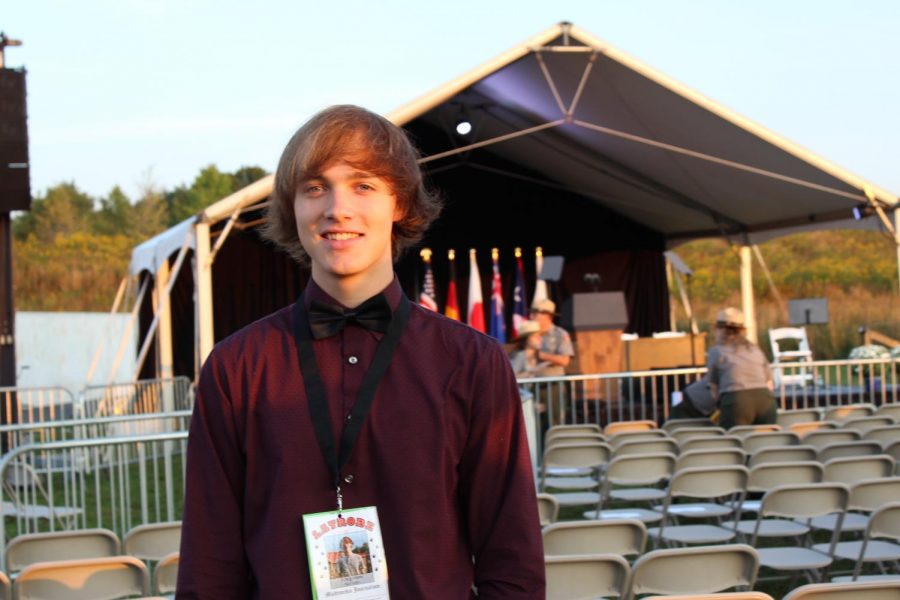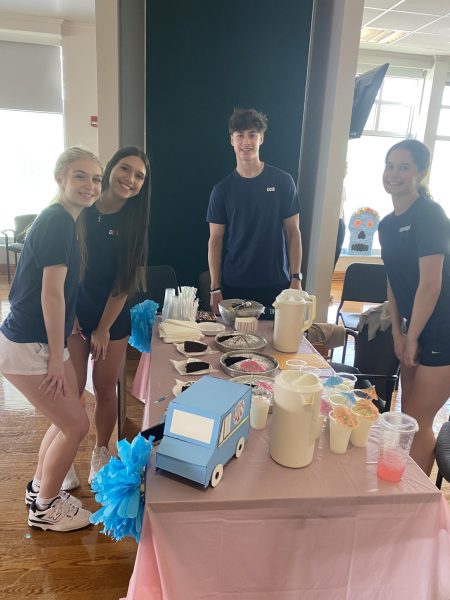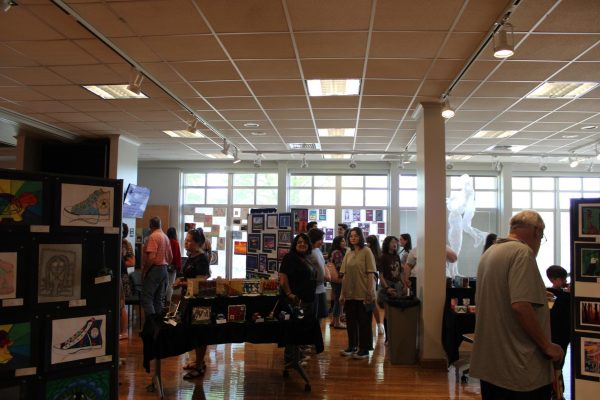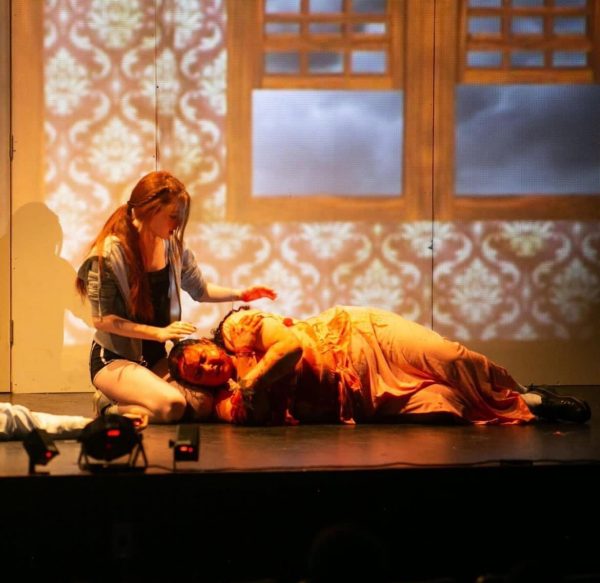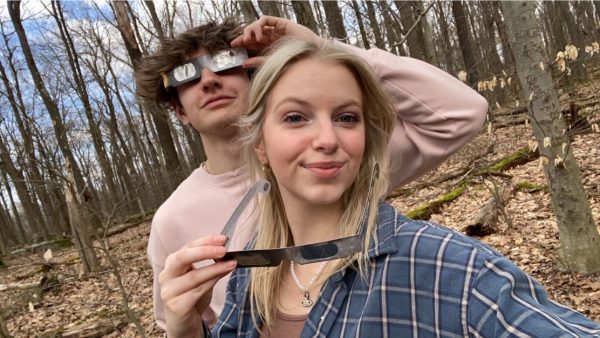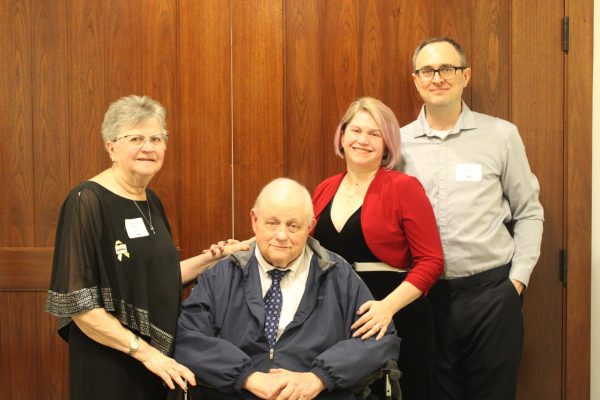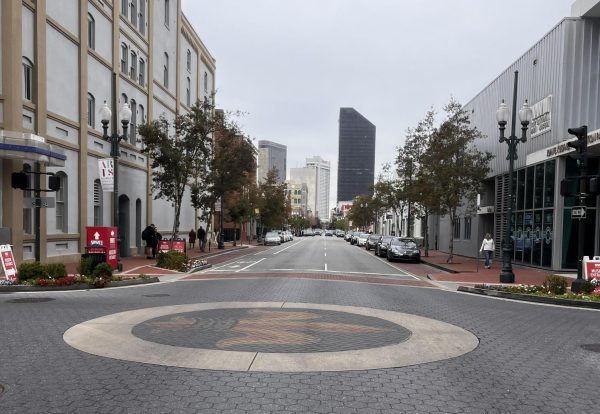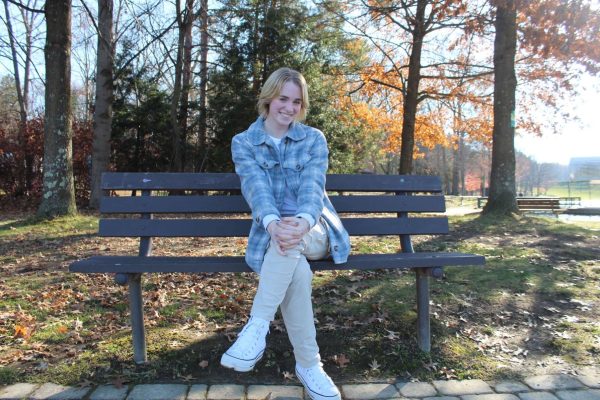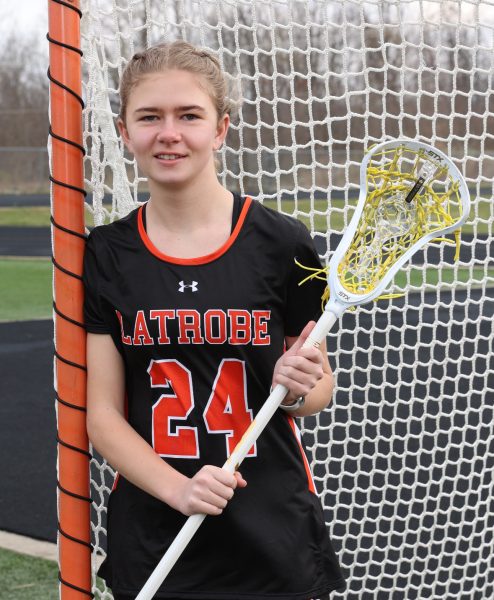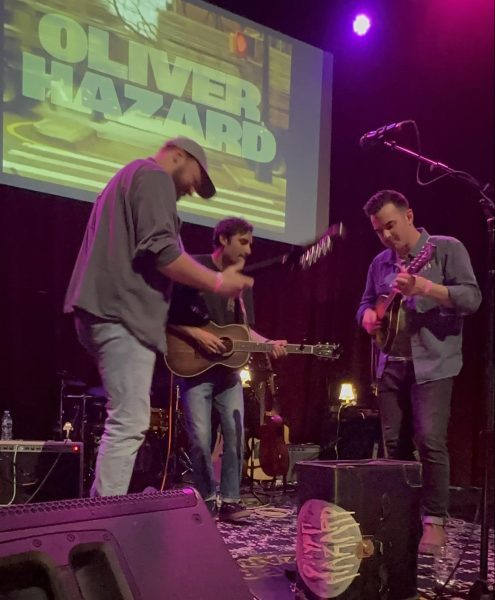Forging Memories One Memorial at a Time
September 11, 2001. A date that will forever be engraved on the minds of billions of people. On this date 18 years ago, a horrific event changed millions of lives in many different ways. The United States faced the worst terrorist attack in its history, a terrifying event that stole 3000 lives. We call this date 9-11. This year’s anniversary marks a significant checkpoint in the attack’s history; It is the first year where there are kids going to college who were not even born when this tragedy took place. If you ask any adult over the age of 30, they would be able to tell you the exact details of where they were, what they were doing, who they were with, when they found out, and how they reacted to the news. But if you ask anyone from my generation, all that they could tell you is what they retained from history class or what their parents have told them. So it is more important now than ever to make sure we remember the shock, the grief, and the hope that this devastation caused our nation. If not, these kids will grow up with a vacant memory and very little knowledge of one of the most important dates in our nation’s history.
Robert Penn Warren, a famous American writer and poet, understood the importance of remembering history when he said, “History cannot give us a program for the future, but it can give us a fuller understanding of ourselves, and of our common humanity, so that we can better face the future.” Being born only two months before the attack, I am one of those kids going off to college with no remembrance of this calamity. So, I made my own memories by visiting the three primary memorials at each crash site. This way I can have a better understanding of what our country went through and help us face the future.
I was only eleven years old when I found myself in New York City visiting the first of the three memorial sites. Looking back, I did not have the big vision or personal connection the way I do now when I think about the attack. Back then, about all I knew was that our country were attacked, and that many people lost their lives because of it. To me, we were on vacation and Ground Zero was just another destination on our list of activities that week. I would like to say that when I saw the memorial everything about my perspective changed, and I had a newfound sense of sympathy wash over me, but that was not the case. From an eleven year old’s perspective, all I saw was a lot of construction and rules about what to do and not do. In 2013, the museum was still under construction with only the bottom level open to the public. What was available to view, was lots of pictures and captions of what what happened. I was hoping to see something more impressive. I had a lot of questions. Why do I have to wait for 45 minutes just to see a museum under construction? Why pay money to see this when I can learn about it in history? Why was the mood was so quiet and somber? Sure, I felt sad and remorseful for those who passed. But my family did not lose anybody in that tragedy, so why were they crying? My mother even recalls us standing at the twin reflecting pools, reading everyone’s names off the wall when I asked, “Mom, why is Jenna crying so much?” Unfortunately, I just simply did not have the mental capacity to connect and fully sympathize. Not being able to take in what I saw at that age, I have a desire to revisit Ground Zero once again to fully grasp the experience I missed during my first pilgrimage.
More recently, I had the privilege of visiting the National 9/11 Pentagon Memorial. Just last year, a few kids from my history class were asked by our teacher to join him and another class on a field trip to Washington D.C. The very first stop was the 9/11 memorial at the Pentagon. It was beautiful, with 184 symbolic benches for every person who lost their lives at that site. It was also surrounded by gorgeous Crape Myrtle trees and the unique Age Wall. Being seventeen, I was old enough to pay my respects and I felt the gravity of the situation as a huge wave of sorrow rushed over me. I walked around the memorial, read the names, and allowed the reality of the event to sink in. Unlike last time, I stopped and thought for a moment of what happened, I thought of the families. I thought of the victims. and I also thought about the impact it had on our entire country. But still, we eventually moved on. I was surprised that it did not stick with me the way I expected it to. All I was left with were a few photos and a new sense of realization for the multitude of lives lost that day. This was the closest I have ever been to truly understanding what went on that day. Looking at how many benches there were, I was now aware of what was so devastating and had and an understanding of how it caused our nation so much pain. Still, there was something missing that held me back from feeling the tragedy on a more personal level.
Another life changing opportunity was brought to me and three of my fellow journalist classmates when we were asked to attend the Flight 93 Memorial on 9/11’s eighteenth anniversary. Upon being offered this opportunity, I was somewhat nervous and uneasy. I did not know what to expect or if I was the right person to do this job, and, on top of all of that, I heard that the vice president of the United States would be there. Despite my racing nerves, I was elated to join this assignment. We arrived at the memorial at 6:45 am, and the first thing I noticed were the big and burly secret service men. The vice president of the United States arrived around 9:00 am, and what he did first, shocked me. For the next 30-45 minutes he greeted, hugged, shook hands, and just struck up a conversation with each and everyone of the family members that lost a loved one in Shanksville. He wanted to personally thank and talk to the heroes’ families. I felt true and honest grief for the first time. I was seeing what it did to someone’s family first-hand and the effect it had on them. Experiencing this, I was finally able to sympathize with the families.
Shortly after, the service started with The Bells of Remembrance. At each ring of a bell, they announce the names, one by one, of those who lost a life. If the family was present and willing, they would present the name of their fallen family member. One person in particular really tugged at my heart strings. Lorne Lyles and his son went up to the podium. His son said “My mother, CeeCee Ross Lyles.” That was the very first time that I felt emotional attachment to those who lost someone that day. It was the first time where I wished I could somehow change what happened. I had a sudden impulse to join our armed forces. I wanted to go and fight for those who lost their lives fighting for us. It was the first time where this felt so real. What if it were my mom? That single thought kept racing through my mind. I kept replaying different scenarios through my head. What would I have done? How would I overcome this loss? Would I have the courage to stand in front of a field of strangers and announce my mother’s name as one of the fallen heroes? As the speech went on my mood changed from angry and sorrowful, to being filled with hope. I no longer felt as though they were killed by a group of terrorists, rather I knew they came together as one adherent force to take down an attempt to kill thousands. They overcame a moment that seemed hopeless using their strength, courage, and determination to save others. The thoughts of despair were replaced when I remembered how they showed us the good in this world will overcome the evil. — Greg Irons
The speakers reminded us that none of the forty passengers and crewmen died in vain, they saved thousands of lives. The heroes were dissimilar in every way possible, and despite those differences, they turned into a cohesive group to take down the four hi-jackers. They came together as one and did the most American thing they could- they took a vote. After that, they recited the Lord’s prayer and the last audible words of Todd Beamer were “Are you guys ready? Okay, let’s roll.” Then they fought, took down the terrorists, and sacrificed their lives saving thousands more.
One of the speakers said that we must take three things from their heroism: 1.) Strength through diversity 2.) Commitment 3.) Willingness to make the tough decisions. All 40 of those heroes had those qualities. They shared their grit and determination to save our nation’s Capital. Although we may never get the opportunity to do what they did, by incorporating those three factors into our everyday lives, we can be more like them and learn from them and make a difference. Towards the end of his speech, Mike Pence turned to the families and said “America stands with you.” Every person in the audience, paid their respects by giving a standing ovation to the families of every courageous person who sacrificed themselves on that dreadful morning 18 years ago. For the first time in my life, I felt like I was there that day, I felt like I lost someone in my family to the attacks, and I felt personally connected to the attack and all of its victims.
Now more than ever, we must never forget the devastation our nation endured due to the evil that this world possesses. But the heroes of Flight 93 taught us not to fear this evil. They proved to us that we must show strength through diversity, commitment to our decisions, and we must have the willingness to make the tough decisions no matter how great the sacrifice. By remembering what 9/11 truly means, along with what these heroes taught us, not only will we be able to prevent future wickedness, but we will be able to live the legacy our nation’s heroes gave their lives for.
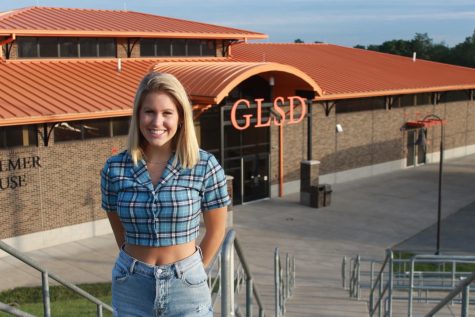
Hi, my name is Sydney Quinn, and I am a senior here at Greater Latrobe. I always stay involved here at the school. For example, I’m an outside hitter...


